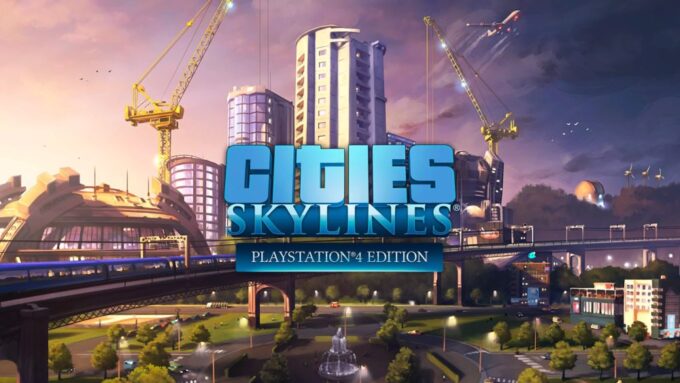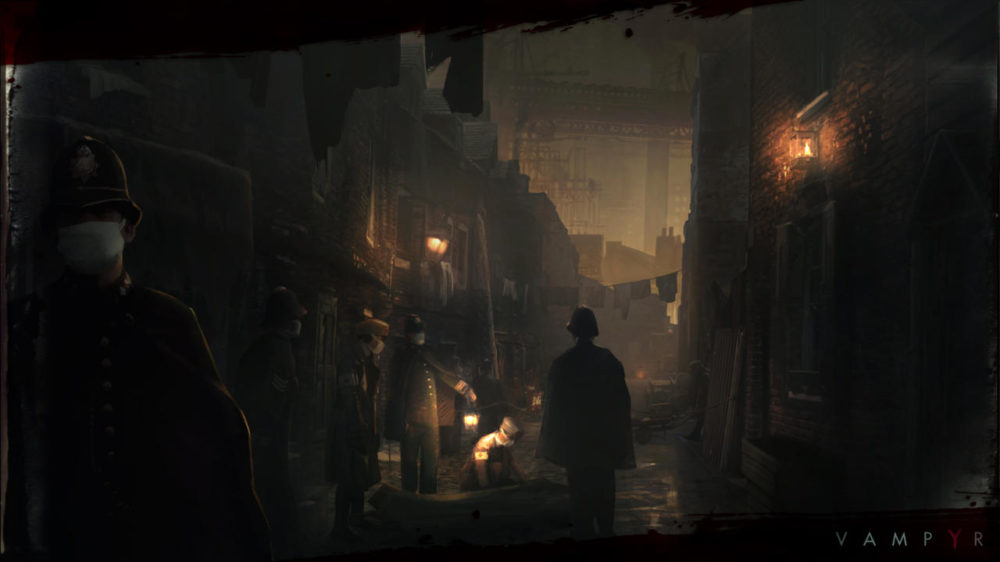Watch where you’re sticking that sewage pipe! If you’ve been a gamer for any time in the last few decades you’ve probably played a sim game or two. If you’re a sensible sort, you’ve probably played the grandfather of them all SimCity. We’ve been starved of decent titles on consoles for many a year with the constant excuse “sim games are not designed for console”. It was SimCity itself that proved that to be a right old load of codswallop back in the early nineties when it release on the SNES.
I lost my late teens to that game and I’ve never understood why there has since been such reluctance to develop for console. Well the water pipes are apparently now flowing in a different direction and we’ve seen a very satisfying little trickle of sim titles on the PS4.
Just recently we’ve seen Aven Colony and in a few months The Sims 4 will take over our lives. With the right UI sim games belong on console just as much as PC, and to prove beyond any doubt that I’m right, cast your eyes upon the new Godfather of city building games – Cities: Skylines.
Cities: Skylines is very old school. It’s everything we loved about SimCity and much more. Planning your city is essential but even that isn’t as easy as it sounds. It’s a trial and error game. You’ll learn when your citizens’ sinks fill up with human waste. You’ll learn when you jam your roads up with trucks and the ambulances can’t get through to all those poor people who just drank their own shite.
The game’s tutorial is a half-arsed effort that tells you zilch. The only way to build your city is to try it and see if it works. If if doesn’t, you either deal with the consequences or start over from scratch. It took me four do-overs before I got the knack, and even then I made constant mistakes. By the time I hit the Megalopolis Milestone my city was somehow thriving, but oh god it was a mess. You won’t get things right on your first go and you’re not meant to.
However you decide to play Cities: Skylines it is purely a sandbox game, and it’s recommended to start out with the Milestones activated. This locks away many buildings and zone types until you’ve hit a particular population Milestone. The sheer magnitude of options available can be daunting, but the Milestones are a good guideline for what you should be building at what population level.
No point building a metro when you’ve only got five hundred heads in a farming community. It’s a good guidance system and it also reminds you to look at the new items you’ve unlocked. In lieu of a proper tutorial, it’s actually pretty good. The game tells you you’re ready for something and it’s down to you to figure out how to effectively implement it.
Much like the SimCity of yore, you need to build roads, power lines, pipes and – very important – zones. There are low and high density residential and commercial areas. Commercial can be generic, office space or specialised into leisure or tourism.
There is only one density of industrial but again you can choose stinky generic or you can specialise depending on the natural resources around you. You can mine, you can farm, you can chop down trees or drill for oil. If you want to sell anything in your commercial areas you’ll need generic industrial to do that unless you want to import – later Milestone allow you to unlock cargo hubs for both rail and sea.
Now, transporting your goods – that’s where things start to get dicey. As your city grows, your roads will inevitably clog up if you design a poor traffic network. You are given a wealth of options to prevent this, from bus lanes, cycles paths, roundabouts, ramps, trains and underground, taxis to dozens of road types in varying sizes. Of course it’s not always about size; it’s about where you put it.
Got all your goods and trucks from the industrial zone rattling through your residential areas? Has all that lumber got access to the highway so you can export it? Got too many intersections slowing down your entire city? It can’t be said enough, the transport system is key to everything. Once you’ve sussed that you can’t go (far) wrong.
One way to ease congestion is to install public transport. Buses are one option. You need to build a depot first and then distribute bus stops along a route that you design. Very clever, but also very fiddly and at first very confusing as it’s not made clear exactly what to do.
Buses won’t run unless you complete the line and it took me many traffic jams to figure that out. The metro works in a similar way. Build metro stations, then connect them with tunnels and THEN design the routes in the same way as the bus routes. Again, the controls here do let it down somewhat and it’s a bit of a struggle. I hate to admit it but Mouse V Controller in this instance? The squeaker claims victory.
Another way to ease congestion is through the policies menu. You can encourage cycling, ban heavy traffic or make public transport free. Of course you can’t ban heavy goods vehicles in an industrial zone so that’s where the districts come in. Paint a district onto your map and you can then apply a policy to that district alone. This also where the specialisation comes in.
If you designate a tourism district, only hotels and suchlike will develop in the commercial zones. Designate a farming district and, you guessed it, you’ll get a lot of cows. All districts can be governed independently from all other areas.
If you want you can legalise cannabis to boost just your tourist district, and if crime then becomes an issue you can implement harsh prison sentences, and none of this will affect the rest of your city.
The graphics looks pretty nice, very bright if a little lairy at times. There are lots of lovely details to see if you zoom in close enough. Witness teeny doggies trotting down the street, sick people being brought out on stretchers and little firemen squirting their hoses.
You can also zoom right out to see the entire map, and the whole thing runs seamlessly. We encountered no performance issues whatsoever and the framerate was perfectly smooth. The control system is likewise top notch.
Aside from placing the bus routes, everything felt intuitive and precise. The translation from PC to console is near perfect – proof that, with a clever developer behind them, sim games belong on console every bit as much as PC.
Conclusion
Cities: Skylines gives you an incredible amount of control to build the city you want. It’s a huge game with a steep learning curve, but once you’ve got the basics there’s no end to the building and management potential. There’s little doubt that Cities: Skylines is a fine example of how to bring a sim game to console, and I hope very much that it will help lead the PS4 Sim Revolution. Viva!









